
Season 4 (2025)
Episodes 7

Unique Skill
No episode overview available yet.
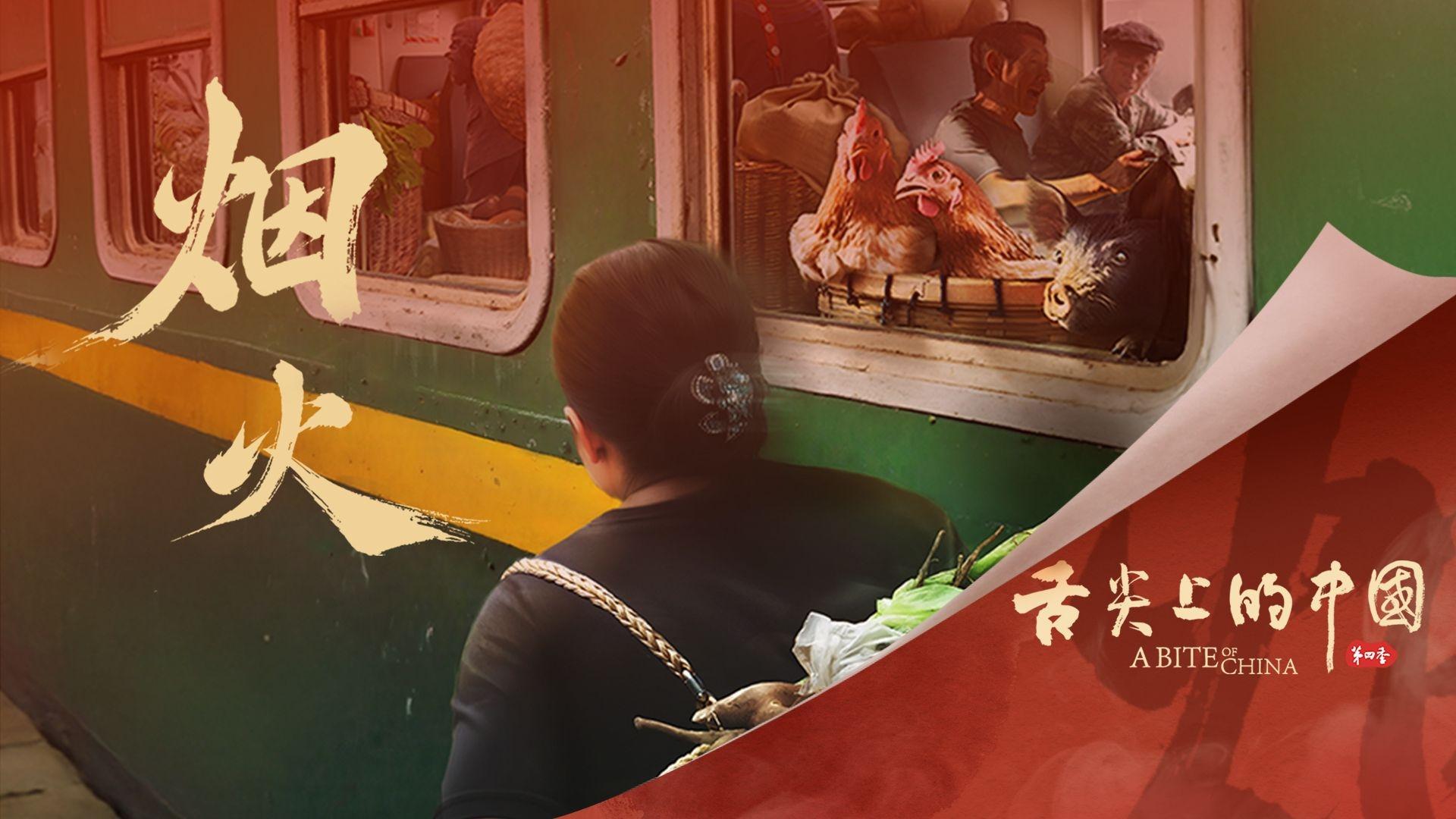
Fireworks
The life of Chinese people is centered on the vegetable market. It is the entrance to a local customs, always bustling and hot. It is also a lively circle of friends, content with trivial matters and family affairs. In the alleys and open-air sheds, everyone is a poet of ordinary life, picking ingredients and cooking fireworks. The days are warm and cozy between the chopping board and the stove. There is a road in the market, and there is true love between fireworks. People cannot live without the vegetable market.
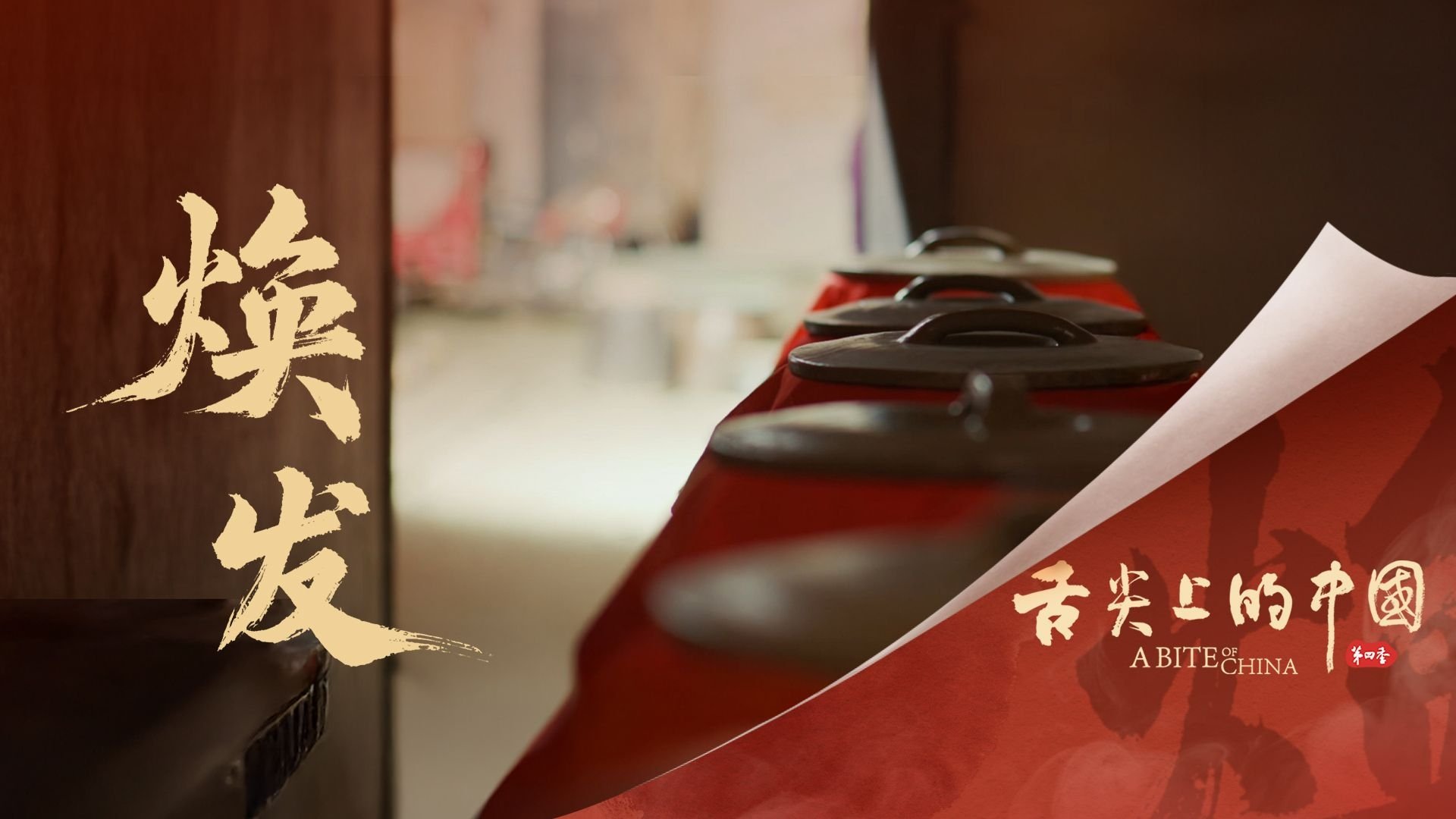
Revitalize
Our taste inspiration often appears in some hidden places. The new knowledge gained from storage is passed down from generation to generation, forming food customs and sculpting the Chinese food civilization. Little do we know that behind the experience is a dialogue with time and a bond with microorganisms, which trains us to have a pair of eyes that can penetrate changes. Open the channel between the microscopic world and taste aesthetics, and let us embark on a journey to explore the mystery of natural transformation.
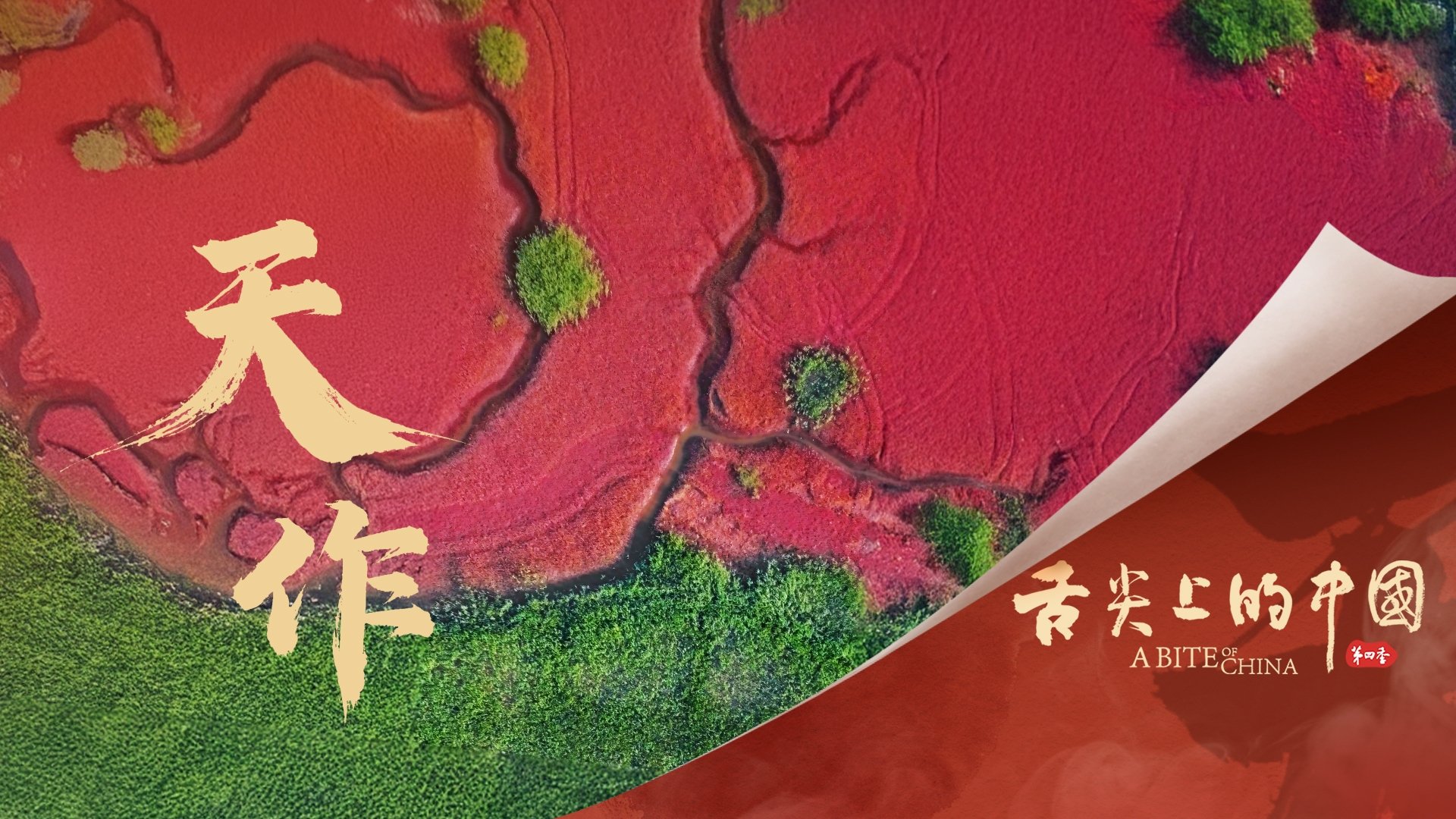
Heaven Made
Chinese pastoral stories often happen when people and nature meet on a narrow road. Can they always survive? In the mountains, on the alkali beach, on the sea, in the forest, people transcend limitations and build for generations. Those unique products and unique eating styles light up the food map of the Chinese people and bring unlimited space for survival.
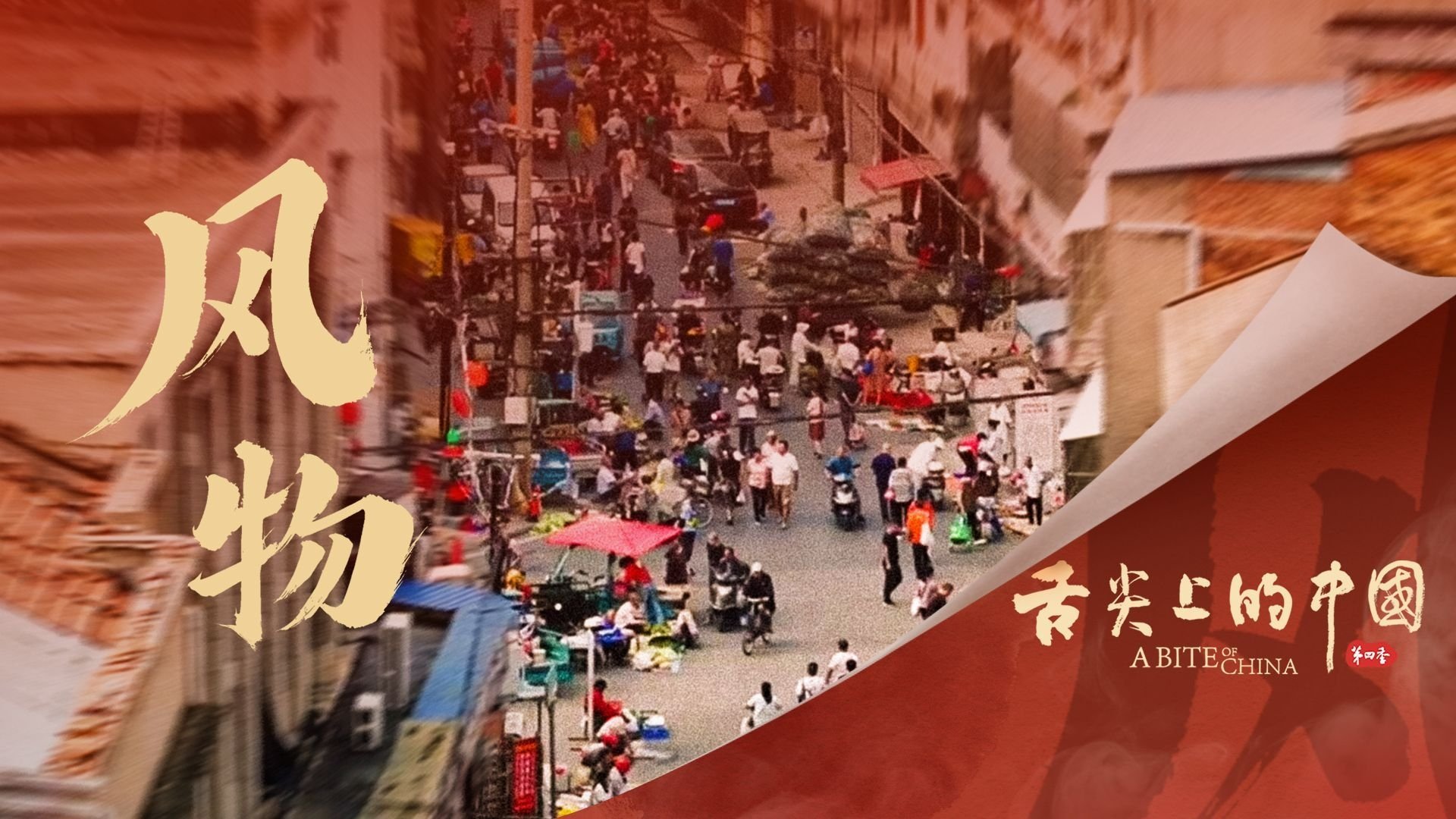
Scenery
The county town carries the homesickness of half of the Chinese people. It may be simple and unpretentious, or it may be fashionable and avant-garde; it may be little known, or it may be famous all over the world. Although some people jokingly call it a "small place", in the hearts of countless wanderers, this city is extremely grand and an irreplaceable hometown. The extraordinary origin of ordinary food, the rural China hidden on the tip of the tongue.
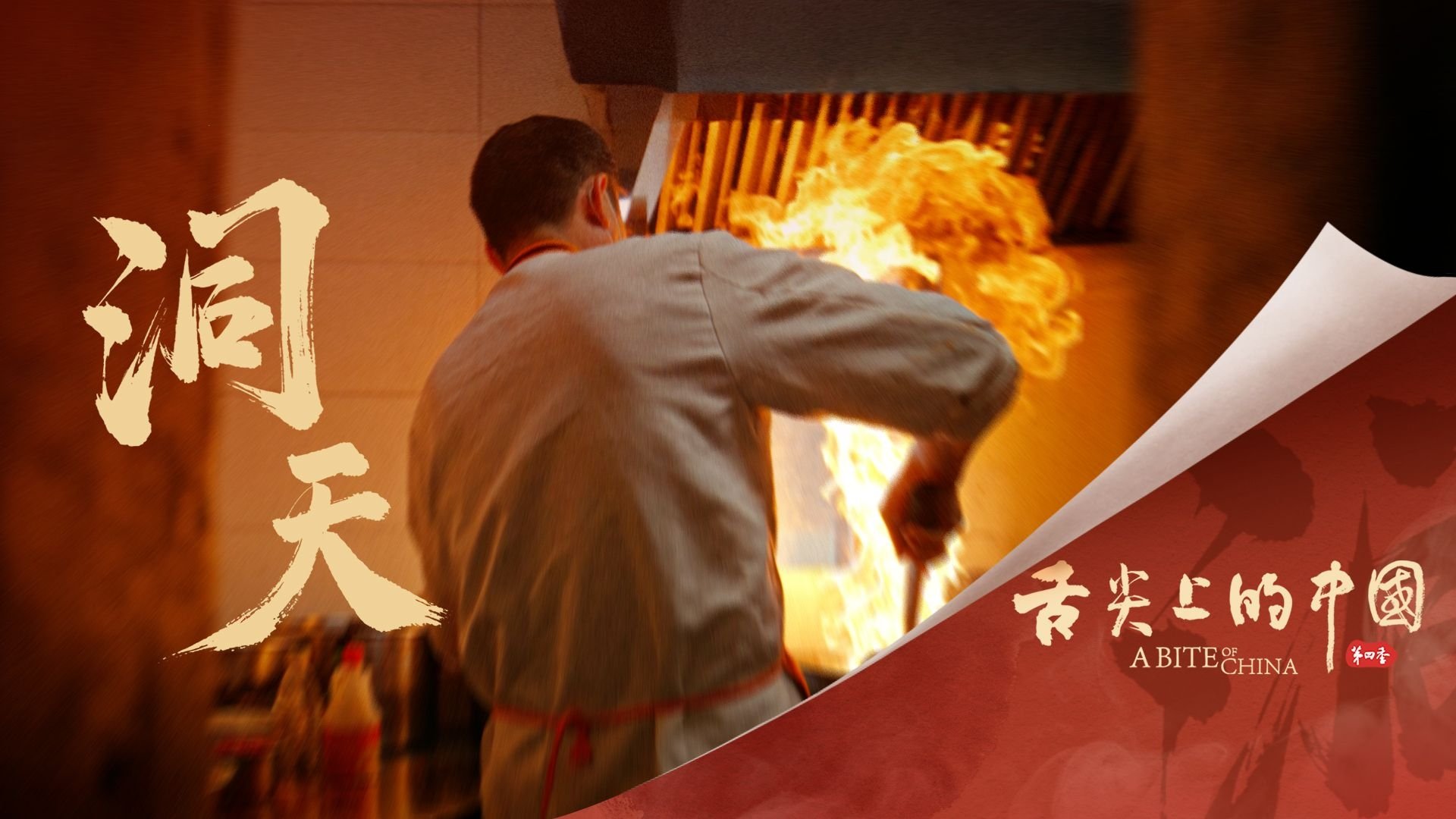
Different Worlds
Chinese kitchens are often "a different world": drifting on the vast ocean, shuttling between the vast forests; there are ancient fire pits that use the sky and the earth as furnaces, and there are super kitchens with steel gears. From severe cold to scorching heat, from micro to macro, Lahu chicken, fish ball soup, braised eel, water chestnut roasted meat, sponge cake, dragon boat cubes, milk tofu and nearly dozens of other Chinese delicacies have appeared in turn, not only exploring traditional characteristics, but also paying attention to the new tastes born under technological changes.
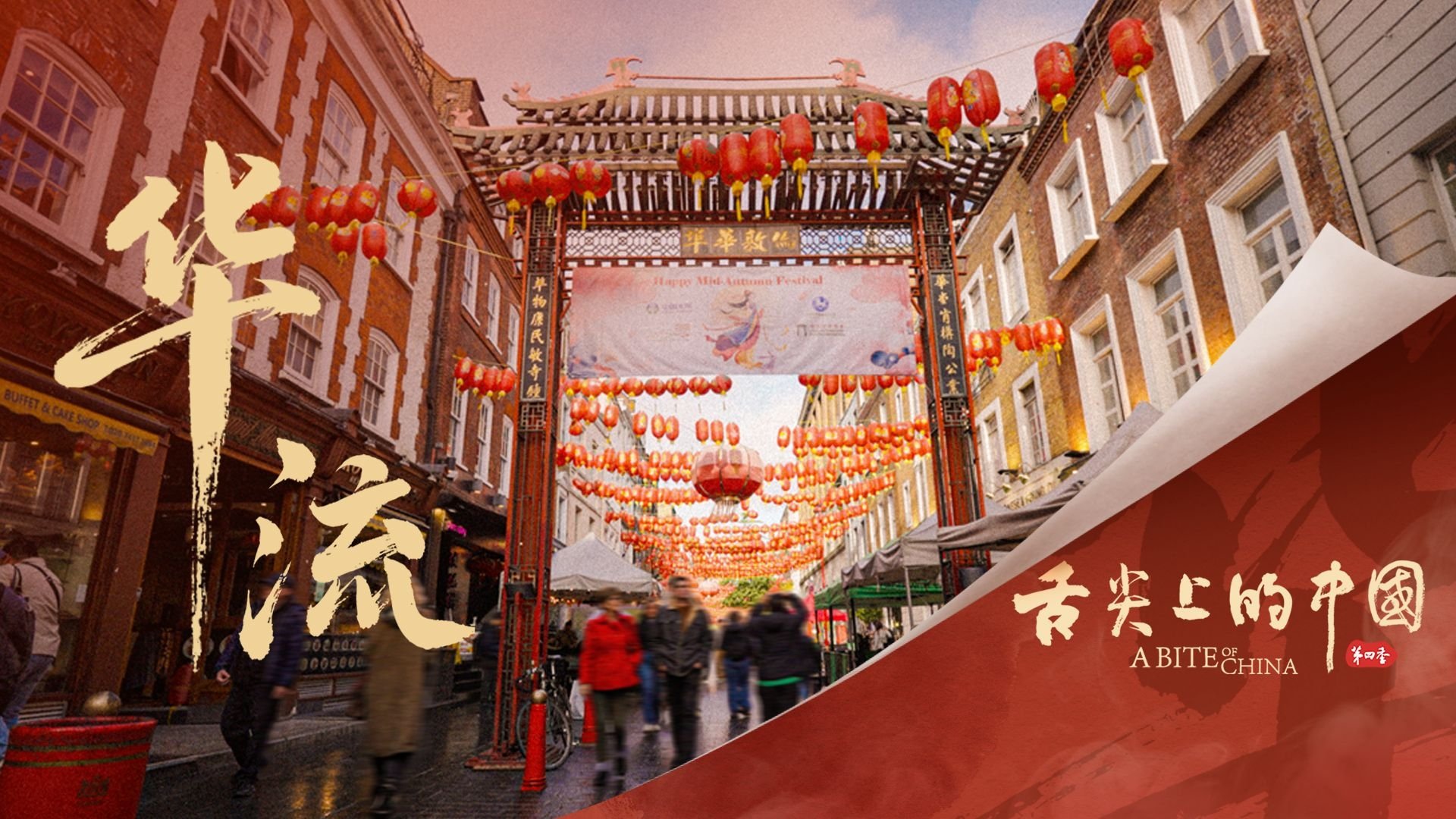
Chinese Style
If the world really has a clear food map, then there must be no clear national boundaries. Overseas Chinese restaurants are visited by people from all over the world, speaking the same dialect as their hometown. The rice and salt contain memories, and the noodles and soup contain emotions. Chinese restaurants scattered all over the world are an extension of the hometown and a meeting point of the world. The combination of Chinese and Western cuisines blends the taste of the tongue, and the pace of Chinese cuisine has never stopped.